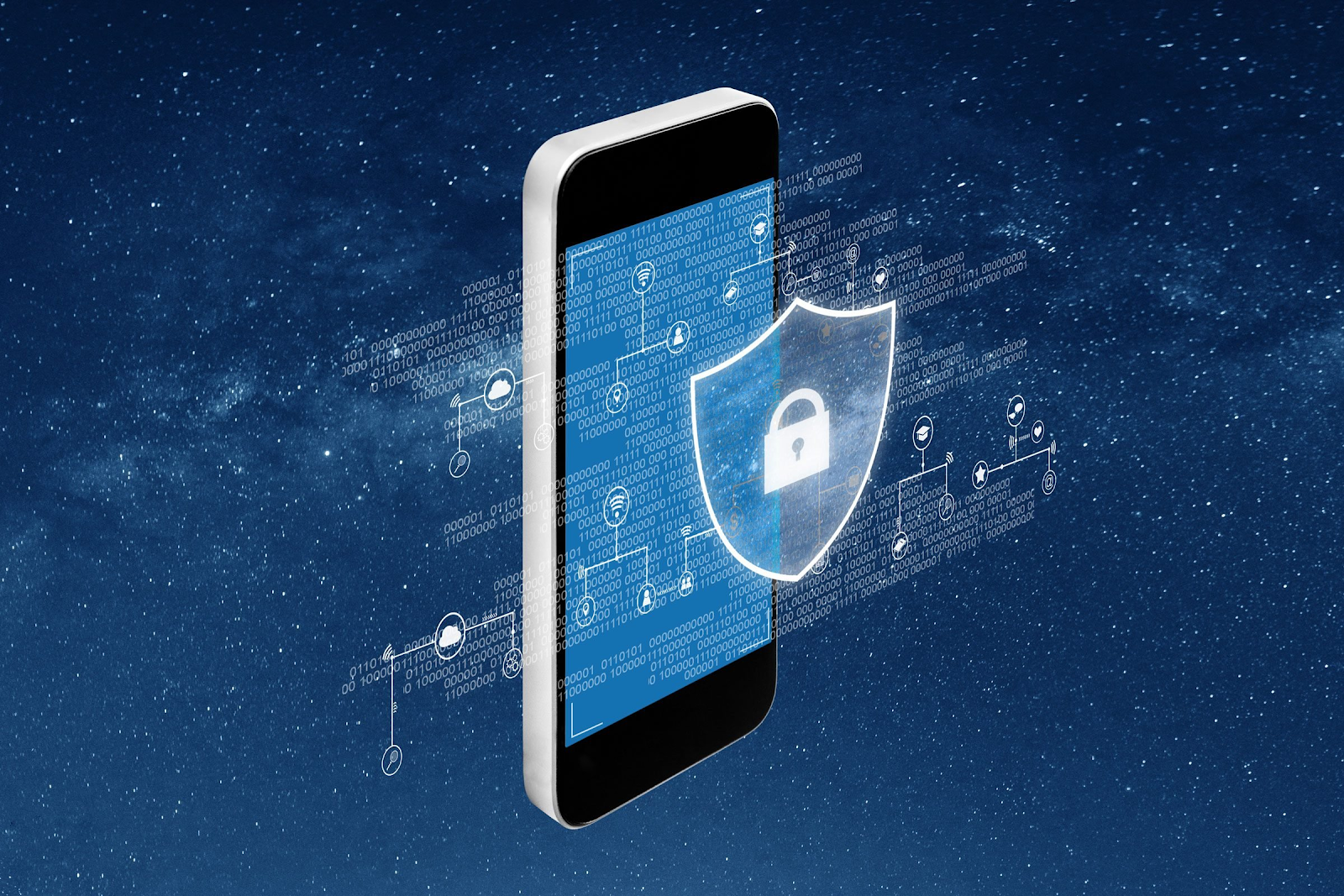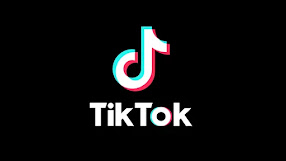Embracing Technology: A Beautiful Relationship with Endless Opportunities
Technology is, without question, one of the most transformative tools in human history. From its ability to connect people across continents to the endless information it places at our fingertips, technology has revolutionized how we live, learn, and interact. As someone pursuing degrees in Social Media and Event Management, I see technology not as a neutral tool but as a force for progress and a guide to creativity, knowledge, and connection.
As always, every innovation has its downsides, and technology is no exception. But in my experience, the positives of technology far outweigh the negatives. Instead of fearing its evolution, we should embrace its ever-growing influence and focus on learning to use it wisely. This approach is not just practical; it’s essential in a world where technology will always be relevant.
This Article From Perdue Discusses The Educational Impacts Technology Brings
My Relationship with Technology
My relationship with technology is all about passion and purpose. Social media isn’t just something I use to pass the time—it’s a powerful tool that shapes culture, spreads ideas, and gives people a voice. Whether I’m keeping up with trends, planning a campaign, or just connecting with friends, I see it as a platform full of possibilities.Technology also plays a huge role in my work with event management. From designing digital invites to running live-streamed events, tech tools make everything smoother and more organized. They help me bring creative ideas to life and make big projects feel doable.
That said, my relationship with technology isn’t perfect. Like everyone else, I sometimes catch myself mindlessly scrolling or getting overwhelmed by nonstop notifications. But I’ve learned that balance is everything. By setting boundaries and using technology with purpose, I’ve found a way to make it work for me without letting it take over my life.
My Digital Footprint
One area where my relationship with technology is most evident is my digital footprint. As someone who is active on social media and embraces an open, public online presence, my footprint is large and easy to find.
All my profiles are public, and I post often enough that there’s a trail of content spanning years. Whether it’s personal photos, shared memories, or professional updates, my digital footprint reflects who I am—my interests, my achievements, and even my humor. This visibility has its advantages. It allows me to curate an online brand that aligns with my career goals, and it’s a way for potential employers or collaborators to see the skills and creativity I bring to the table. However, it also comes with responsibilities. I’m conscious of what I post, making sure it reflects me positively and avoids unnecessary risks.
The Benefits of Technology
The beauty of technology lies in its ability to enrich our lives in countless ways. Here are a few areas where I’ve seen its impact firsthand:
1. Connection: Technology brings people together. Whether through video calls, social media, or collaborative tools, it eliminates barriers like distance and time. Technology allows me to stay connected with family and friends, no matter where they are.
2. Knowledge and Learning: We live in a time when all the knowledge of the world is available at the touch of a button. As a student, I rely on technology to access resources, conduct research, and stay informed.
3. Creativity and Expression: Technology fuels creativity by providing endless tools for self-expression. Whether it’s creating a podcast, designing infographics, or editing photos, I use technology to bring my ideas to life. It empowers not just individuals like me but entire industries, enabling innovation on a global scale.
4. Efficiency: From digital calendars to AI-powered tools, technology makes life more efficient. It allows me to manage my busy schedule, stay organized with certain tasks, and focus on what truly matters.
Perhaps the greatest gift of technology is the opportunities it creates. The ability to launch a blog, build a personal brand, or reach an international audience would have been unthinkable a few decades ago. For me, technology has opened doors I never knew existed, shaping not just my studies but my aspirations for the future.
The Downsides of Technology
Despite its many benefits, technology is not without its flaws. Issues like cyberbullying, misinformation, and overreliance on screens are very real and demand attention. However, I believe these problems are not reasons to reject technology but challenges we must address.1. Mental Health Challenges: Social media can sometimes foster comparison and insecurity, leading to stress and anxiety. The constant need to be “online” can also create burnout. For me, taking breaks from screens and setting limits on my social media use have been important steps in maintaining a healthy mindset.
2. Privacy Concerns: The digital age has brought new concerns about privacy and data security. As someone who regularly engages with social media, I’m mindful of what I share and how my data is used. Learning about online safety and taking precautions is essential in today’s world.
3. Over-Dependency: One of the most significant risks of technology is over-dependency. From relying on GPS for directions to Googling answers instead of thinking critically, it’s easy to let technology do too much. I try to counter this by staying curious and developing skills outside of the digital realm which I think is a very healthy tactic to have while living life through a digital age.
A Future with Technology
As technology continues to evolve, it’s clear that it will remain a central part of our lives. Rather than resisting this reality, I believe we should embrace it. By staying curious, learning new tools, and using technology responsibly, we can harness its potential to create a better future.
For me, technology is not just a tool—it’s a partner in growth, creativity, and connection. While it has its challenges, its benefits far outweigh its drawbacks. Instead of fearing what’s to come, I’m excited to see how technology will shape the world and the opportunities it will bring.










.jpeg)






















